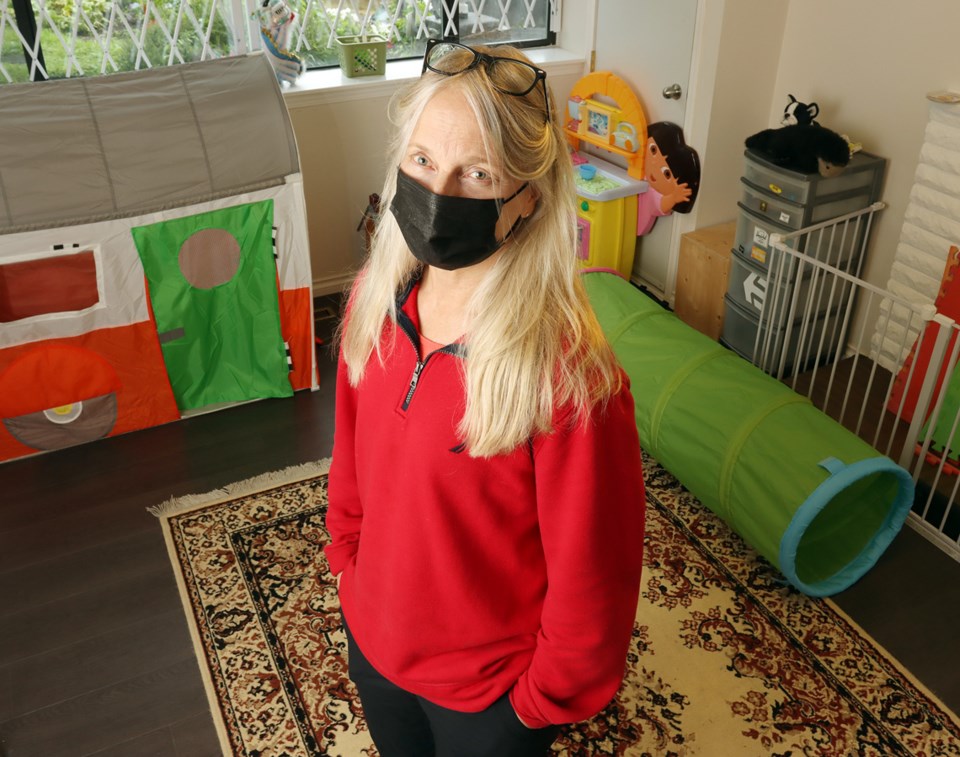A Port Moody daycare operator is warning an action plan to address the city’s child care needs could lead to overcapacity and the closure of existing facilities.
The plan, which was endorsed by council on Tuesday (Jan. 11), recommends the creation of more than 1,000 new spaces in the city by 2030.
It was authored by the Social Planning and Research Council of BC (SPARC BC) in conjunction with the three communities that comprise the Tri-Cities — Port Moody, Coquitlam and Port Coquitlam — and lays out a map to address gaps in existing licensed child care, including accessibility, affordability and quality.
But Danita Sepp, who operates Block 8 Academy, said the study’s conclusion Port Moody is woefully short of spaces is based on surveys showing 74 per cent of operators have a waiting list. She added such lists are often inflated because parents will sign on at multiple daycares and often years ahead of their actual need.
“Keen parents cover all their bases,” Sepp said, adding her own facility has vacancies in its programs even as it maintains 48 names on its waitlist, and she was forced to close one facility when anticipated demand never materialized.
Sepp said with more parents working at home because of the COVID-19 pandemic, and the likelihood many will continue to do so even after the public health emergency passes, child care needs are undergoing a fundamental shift.
Instead of working to create so many new spaces, any plan should be formulated to allow current providers to thrive and give them the agility to adjust their operations to developing needs.
“Do not plan so many new spaces with so many unknowns,” Sepp said. “With some strategic foresight, operators will not have to scramble to respond like we continually have to do.”
Some of her ideas include:
- create a central registry for child care spaces so parents looking for space aren’t driven by panic
- offer rent subsidies and breaks on municipal taxes so daycares can reduce the fees they charge
- formulate a plan that keeps daycares operating at 95 per cent capacity
- allow child care ready access to public play spaces so they don’t have to build their own playgrounds
According to the report, Port Moody has only 20.9 child care spaces for every 100 children, from infants to 12 years old – that compares to 27.2 spots for every 100 kids nationally, and 18.4 spaces available per 100 kids in B.C.
As well, the city has no child care facilities for families that need extended hours before 6 a.m. or after 7 p.m., which presents challenges for parents who work non-standard hours or endure long commutes.
“Port Moody is considered to be a child care desert,” social planner Liam McLellan told council.
Turning the city into a child care oasis will require initiatives that go beyond existing policies and practices, like offering density bonuses to developers in exchange for amenities like day care facilities and a statement in the city’s official community plan that encourages child care.
Among the report’s suggestions are:
- prioritizing the creation of spaces for infants, toddlers and school age children
- creating new spaces in neighbourhoods that are currently underserved, as well as in new developments and along transit hubs
- working to locate new spaces in civic facilities, parks and school properties
Sepp said while additional child care spaces are always welcome, especially as new development attracts more residents to Port Moody, the number needs to take into account existing spaces that are unfilled.
She also suggested any action plan should be phased in gradually and only after a registry is up and running so “we better understand if there truly will be a huge increase in the percentage of kids needing daycare.”



